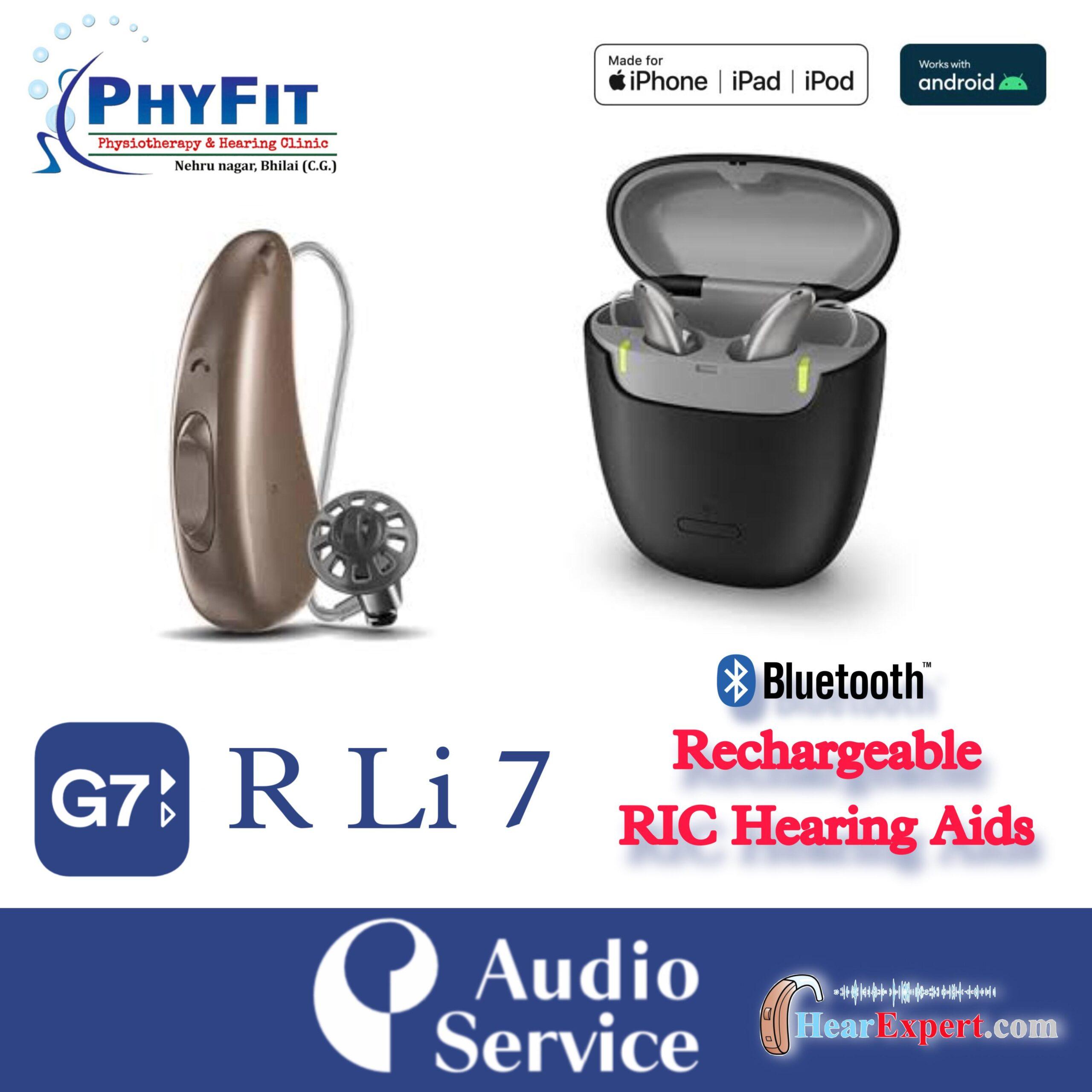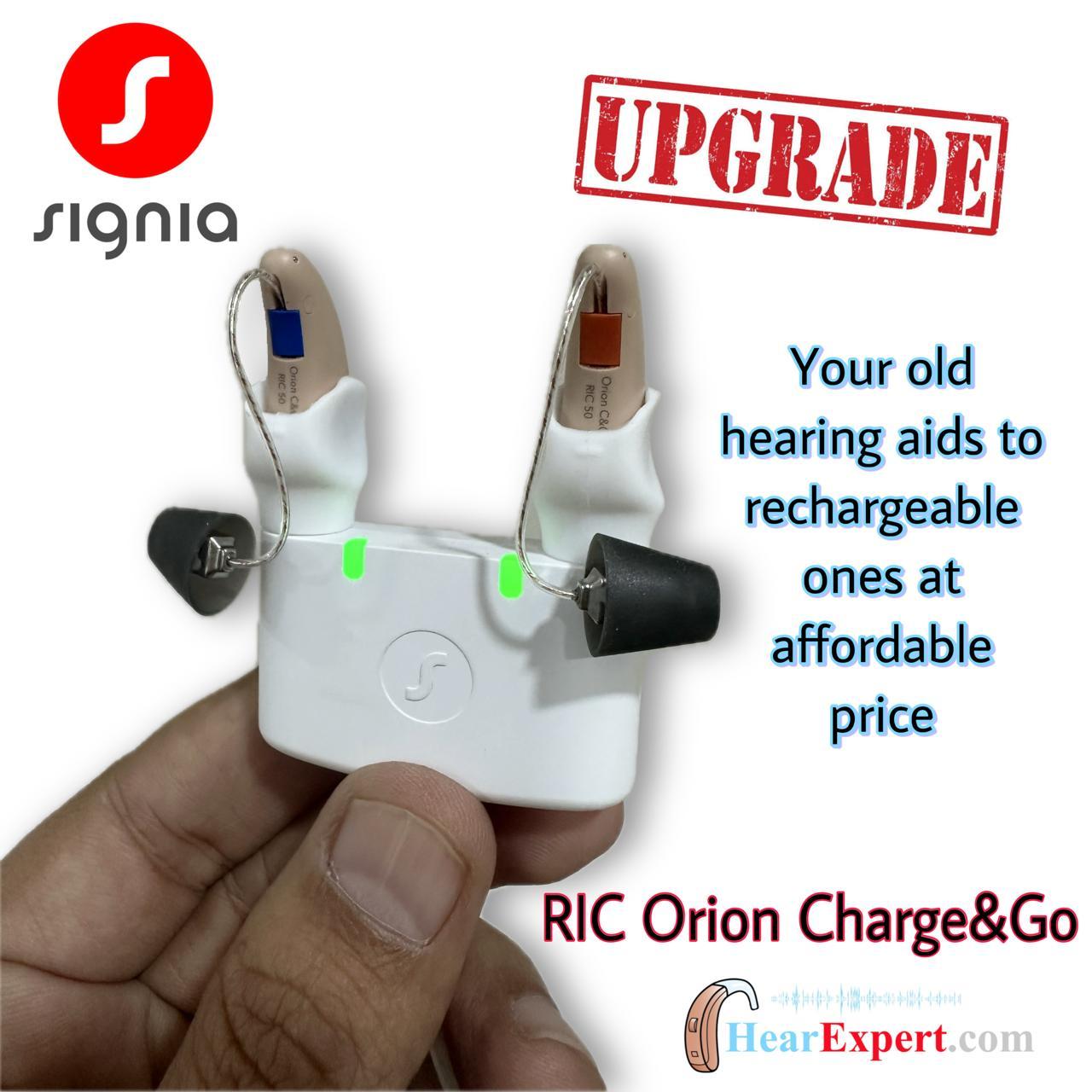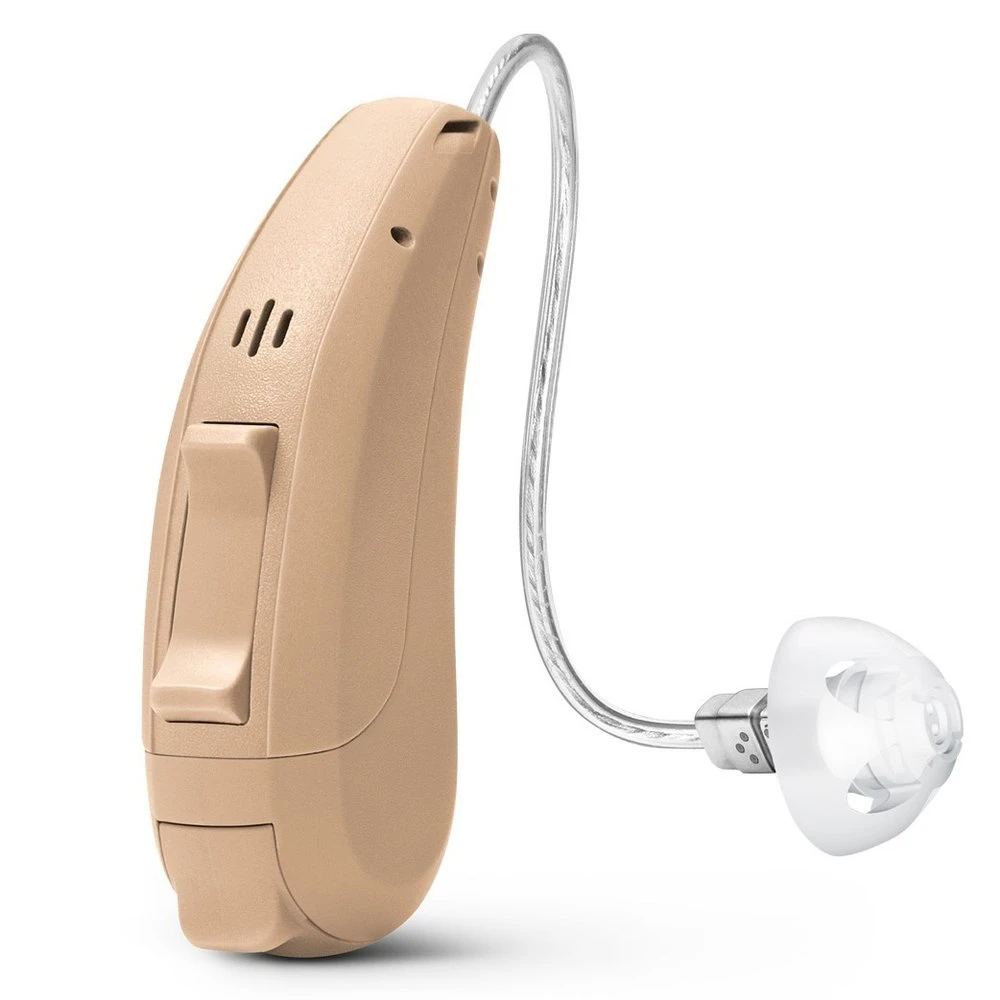Receiver-In-Canal (RIC) hearing aids have revolutionized the hearing aid industry with their combination of powerful performance and discreet design. These innovative devices offer remarkable versatility for users with varying degrees of hearing loss. To maximize their potential, understanding the complete journey from initial fitting to ongoing adjustments is essential. The hearing specialists at Hear Expert have compiled this comprehensive guide to help you navigate every stage of your RIC hearing aid experience.

Understanding the Unique Structure of RIC Hearing Aids
Before diving into the fitting process, it’s important to understand what makes RIC devices distinctive. Unlike traditional behind-the-ear models, RIC hearing aids separate the microphone and processor (housed in a small case behind the ear) from the receiver (speaker), which sits directly in the ear canal. This configuration offers several advantages:
- Reduced occlusion effect (the plugged-up sensation many hearing aid users dislike)
- More natural sound quality with better high-frequency amplification
- Increased comfort with less bulk in the ear
- Flexibility to accommodate different levels of hearing loss by changing receiver power
- Reduced visibility with thin, nearly transparent tubing
This specialized design requires precise fitting to ensure optimal performance and comfort. The process involves multiple stages, each critical to your satisfaction with these sophisticated devices.
The Initial Consultation: Establishing Your Hearing Profile
- Conduct a thorough audiological assessment to determine your specific type and degree of hearing loss
- Discuss your lifestyle, listening environments, and communication challenges
- Assess your manual dexterity and technological comfort level
- Examine your ear anatomy for any conditions that might affect fitting
- Review your aesthetic preferences and cosmetic concerns
This holistic approach ensures that your RIC hearing aids will be tailored not just to your audiological needs but also to your personal preferences and daily activities. The detailed information gathered forms the foundation for all subsequent fitting decisions.
Selecting the Right RIC Configuration
With RIC hearing aids, customization extends beyond programming to the physical configuration of the devices. Your audiologist will help you select:
- The appropriate receiver power level based on your hearing loss severity
- The optimal dome style (open, closed, or power) that balances comfort with acoustic performance
- The correct wire length to ensure comfortable placement behind your ear
- Additional features like rechargeable batteries or wireless connectivity based on your needs
- The right color to match your skin tone or hair color for maximum discretion
This level of personalization ensures that your RIC devices will feel like a natural extension of yourself rather than an obtrusive medical device.
The Fitting Appointment: Where Science Meets Art
The fitting session transforms your chosen RIC hearing aids from sophisticated technology into personalized hearing solutions. During this appointment, your audiologist will:
- Program the devices according to your unique hearing prescription using specialized software
- Conduct real-ear measurement to verify the actual sound delivery in your ear canal
- Make initial adjustments based on your immediate feedback about sound quality and comfort
- Teach you proper insertion and removal techniques specific to RIC devices
- Demonstrate battery replacement or charging procedures
- Explain controls, settings, and any smartphone app functionality
This session typically lasts 60-90 minutes, allowing sufficient time for both technical calibration and practical education. While you’ll leave with functioning hearing aids, understand that this is just the beginning of your adjustment journey.
Your brain needs time to relearn how to process the sounds you’ve been missing. During the first few weeks with your new RIC hearing aids, you may experience:
- Heightened awareness of environmental sounds like paper rustling or footsteps
- Your own voice sounding different or unusual
- Occasional feedback (whistling) when inserting or removing the devices
- Mild discomfort as your ears adjust to having the receivers in your canal
Hearing professionals at Hear Expert recommend a gradual acclimatization schedule:
- Days 1-2: Wear the devices for 4-6 hours in quiet, familiar environments
- Days 3-7: Increase wearing time to 8-10 hours, introducing more varied listening situations
- Weeks 2-4: Wear the hearing aids all day and begin challenging yourself with more complex acoustic environments
Keeping a journal during this period to document specific listening challenges or discomfort can provide valuable information for your follow-up appointments.

Fine-Tuning Sessions: Refining Your Hearing Experience
Most users require multiple adjustments to achieve optimal performance with their RIC hearing aids. These follow-up appointments typically occur:
- 1-2 weeks after initial fitting
- 30 days after fitting
- 3 months after fitting
- 6 months after fitting, then annually
During these sessions, your audiologist will:
- Review your adaptation experiences and address any concerns
- Make precise adjustments to volume, frequency response, and noise reduction settings
- Perform additional real-ear measurements to verify improvements
- Adjust physical fit if you’re experiencing discomfort or feedback issues
- Introduce more advanced features as you become comfortable with basic operation
Mastering Advanced Features for Different Environments
Modern RIC hearing aids offer sophisticated capabilities that can be activated as you become more confident with your devices. Your audiologist can help you leverage:
- Multiple program settings for different listening environments (restaurants, outdoor spaces, music venues)
- Directional microphone systems that focus on speech coming from in front of you
- Noise reduction algorithms that minimize background interference
- Wind noise suppression for outdoor activities
- Tinnitus masking features if you experience ringing in your ears
- Connectivity options for streaming phone calls, television, or music
Learning to navigate these features—whether through manual controls, remote controls, or smartphone apps—empowers you to take control of your hearing experience across diverse listening situations.
Also Read: Why RIC Hearing Aids Are a Game-Changer for Better Hearing
Regular Maintenance: Protecting Your Investment
RIC hearing aids require consistent care to ensure optimal performance and longevity. Your daily maintenance routine should include:
- Wiping the devices with a soft, dry cloth to remove oils and moisture
- Checking and cleaning or replacing wax filters on the receivers
- Storing the hearing aids in a dehumidifier or drying kit overnight
- Inspecting the tubing for debris or damage
- Handling battery management (charging or replacement) according to manufacturer guidelines
Additionally, schedule professional cleanings with your Hear Expert audiologist every 4-6 months. These appointments allow for thorough inspection of components that might need replacement, such as tubing, domes, or wax guards.
When to Seek Additional Adjustments
- Persistent feedback or whistling that doesn’t resolve with proper insertion
- Discomfort or irritation in your ear canal
- Sudden changes in sound quality or volume
- Physical damage to any component of the hearing aid
- Significant changes in your hearing ability
Prompt addressing of these issues prevents unnecessary frustration and ensures continuous benefit from your hearing technology.
The Long-Term Relationship: Ongoing Audiological Care
Your relationship with your Hear Expert audiologist shouldn’t end after the fitting process. Regular audiological evaluations help monitor changes in your hearing and ensure your RIC devices continue to meet your needs. Most hearing professionals recommend:
- Annual comprehensive hearing assessments
- Technology upgrades every 5-7 years as innovations improve
- Reassessment of your hearing needs if your lifestyle or health status changes significantly
This ongoing partnership ensures that your hearing health remains a priority throughout your life journey.
Conclusion:
By understanding each stage of the journey and actively participating in the optimization of your RIC hearing aids, you maximize the transformative potential of these remarkable devices. The skilled professionals at Hear Expert are dedicated to guiding you through this process, ensuring that your investment in better hearing yields the richest possible returns for your quality of life.
Remember that the most sophisticated hearing aid technology requires proper fitting and programming to deliver optimal results. Working with experienced hearing care professionals at Hear Expert ensures your CIC hearing aids are precisely calibrated to your unique hearing profile and preferences. For residents in the region, specialists providing Hearing Aids In Bhilai offer comprehensive consultation services that include personalized trials and precise fitting adjustments to help you experience the full benefits of your chosen hearing solution.

